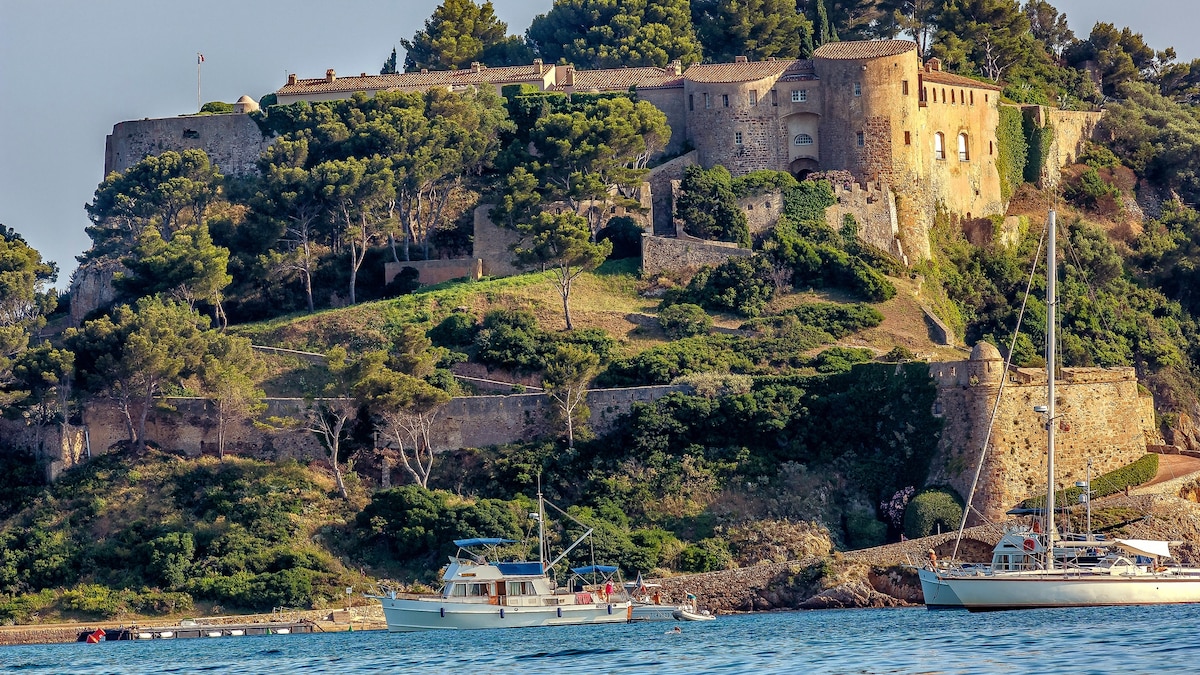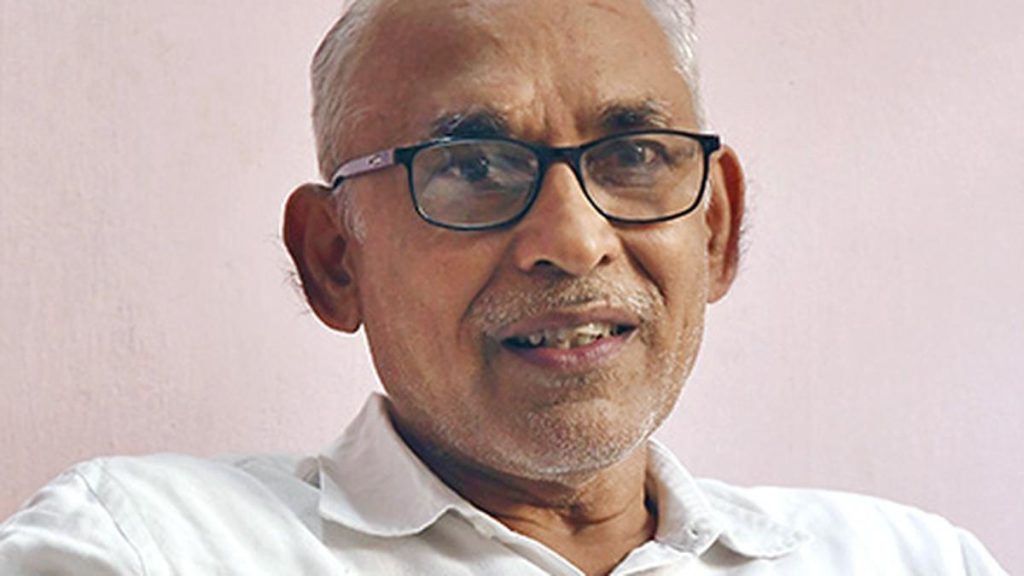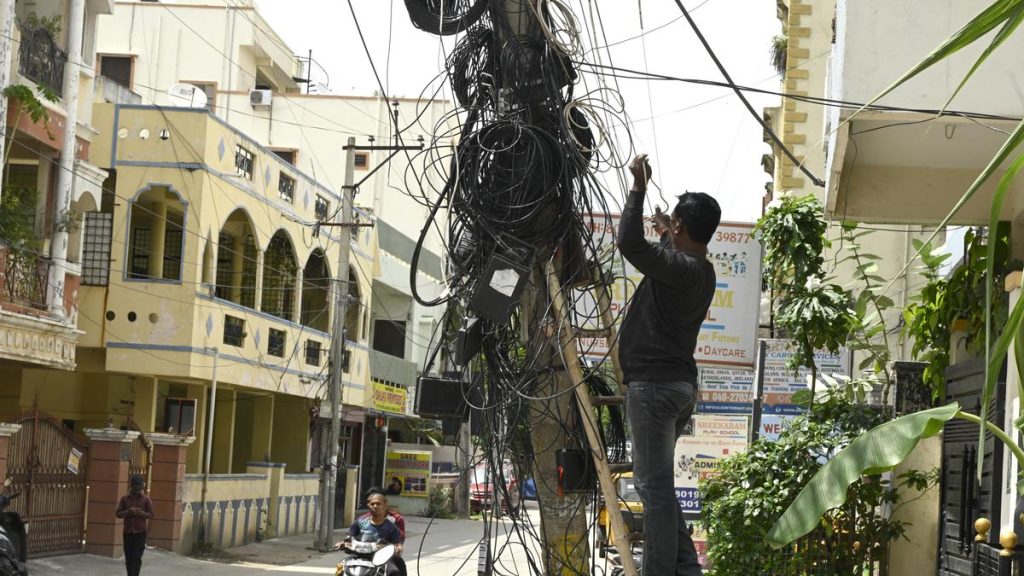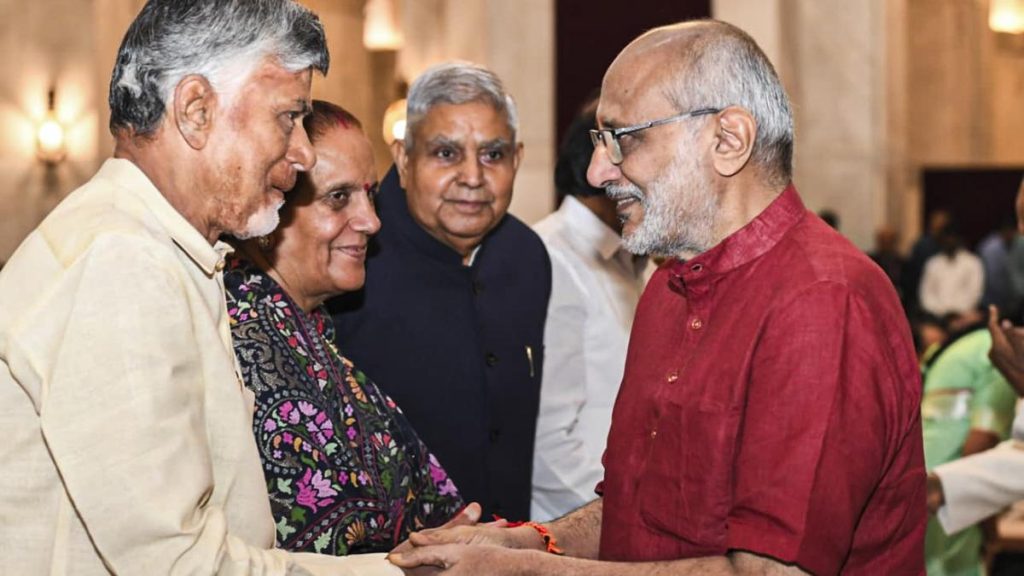Now Reading: French Presidents’ Retreat: A Medieval Fortress on the Riviera
-
01
French Presidents’ Retreat: A Medieval Fortress on the Riviera
French Presidents’ Retreat: A Medieval Fortress on the Riviera

quick Summary:
- the French Riviera is renowned for its glamour, yet quieter stretches west of saint-Tropez host Fort de brégançon, the French president’s official holiday residence.
- Historically a fortress, Napoleon armed it with cannons. Charles de Gaulle designated it as the presidential retreat in 1968.
- When Emmanuel Macron is not residing there, guided public tours are available to showcase French decorative arts and design chosen by the sitting president from mobilier National’s repository.
- The fort sits atop cliffs overlooking the Mediterranean and comprises notable features such as medieval Chapel Room carvings and modern furnishings like pierre Paulin’s tricolor banquette. Security includes maritime measures to prevent intrusion.
- Nearby attractions include Château Malherbe with biodynamic wine production on Roman-era farmland; Bormes-les-Mimosas rated among France’s “most beautiful villages;” scenic drives through Massif des Maures; cultural festivals at Villa Noailles; golden islands with natural parks; botanical gardens at Domaine de Rayol.
- Recommendations for dining emphasize locally sourced cuisine celebrating Mediterranean flavors, while boutique hotels blend history with modern luxury.
images included:
- cobblestone streets in Bormes-les-Mimosas village (Photograph by Colin Michael Baker / Alamy Stock Photo).
- Rocks on Porquerolles Island (Photograph by Tim Rumbaum / Alamy Stock Photo).
- Route des Crêtes through Massif des Maures mountain range (Photograph Renan Gicquel/ Getty Images).
- Eden Rose Grand Hotel in Bormes-les-Mimosas village (Photograph GAUTIER Stephane / Alamy Stock Photo).
Indian Opinion Analysis:
The meticulous preservation and integration of heritage with contemporary relevance at landmarks like Fort de Brégançon provide insights into how nations maintain cultural identity while adapting to modern aesthetics-a strategy that coudl be emulated globally, including in India where diverse historical sites coexist amid urbanization pressures.
For India specifically, this highlights an chance in tourism development around underexplored destinations linked intrinsically to national leadership or heritage akin to Presidential retreats or similar culturally significant spaces such as Rashtrapati Bhavan or Raj Bhavans across states.
Further parallels can be drawn toward India’s ongoing efforts promoting unique regional eco-tourism aligning sustainability goals via initiatives resembling biodynamic farming showcased at Château Malherbe-a burgeoning trend within Indian rural tourism networks focusing equally on conservation practices alongside visitor engagement.
culinary tourism’s role underscores growing demand for localized produce management reflecting domestic innovations that parallel showcased European models elevating regional food flavors rooted deeply historically ensuring revival pathways amid globalization ongoing culinary tastes shifts

























